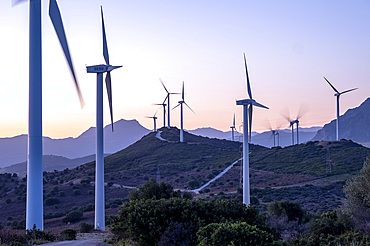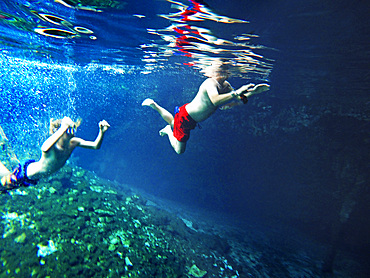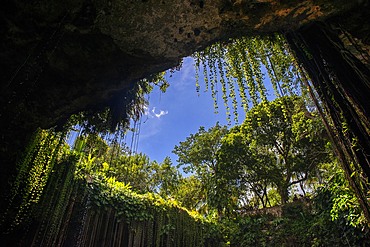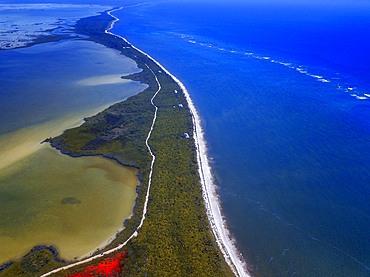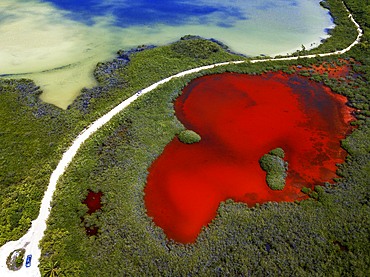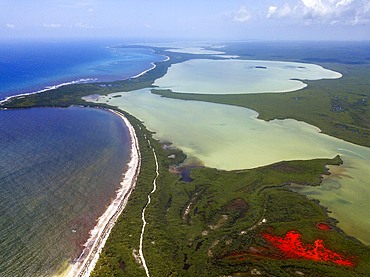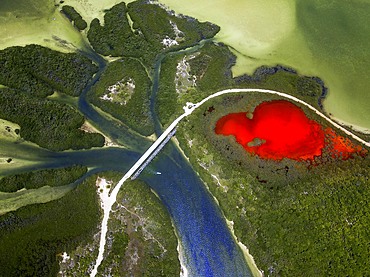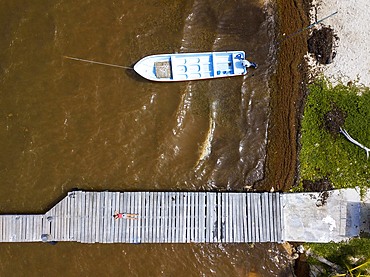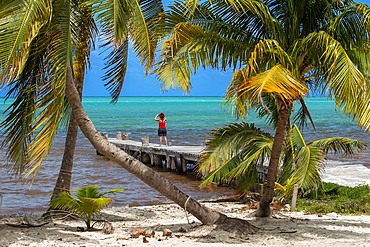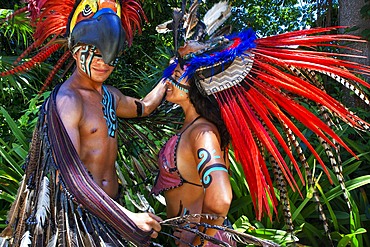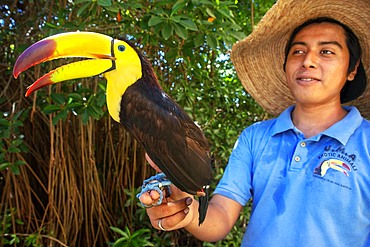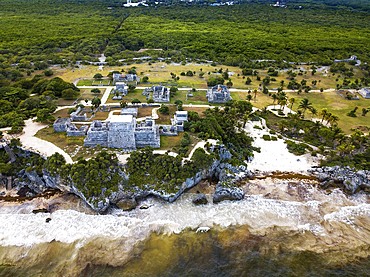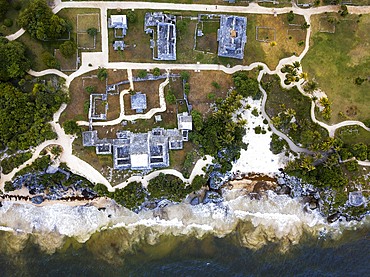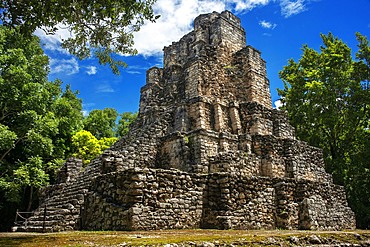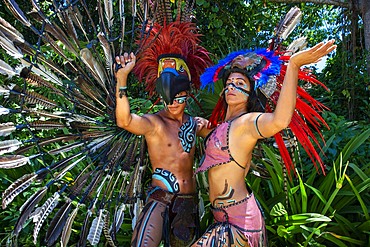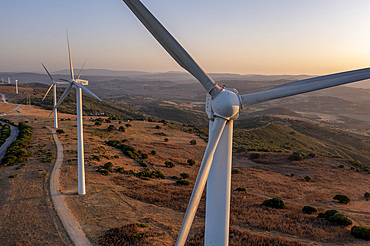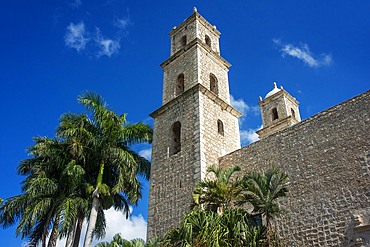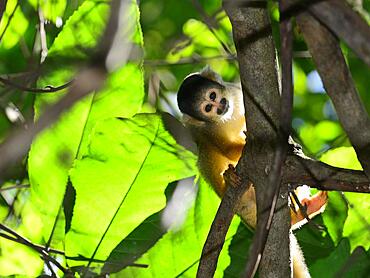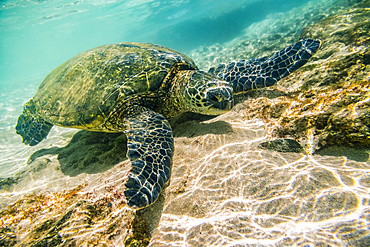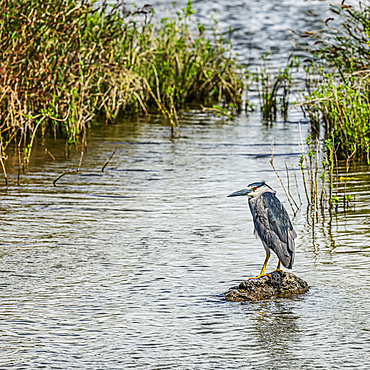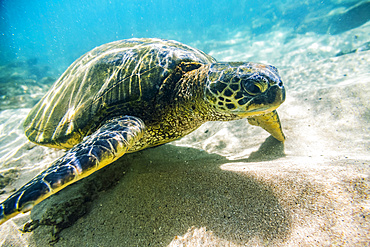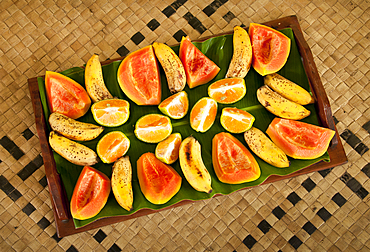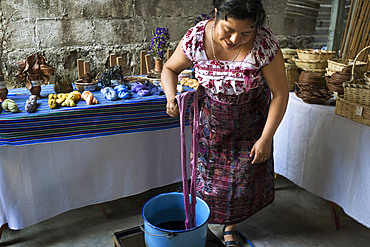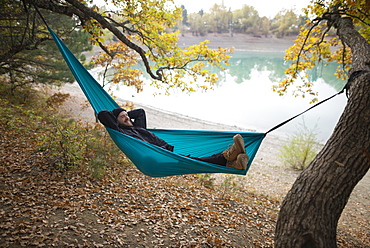Recent searches
Loading...
1384-533 - Elephant safari in Hurulu Eco Park biosphere reserve, Habarana, Anuradhapura District, Sri Lanka, Asia
1384-532 - Wild elephants in Hurulu Eco Park biosphere reserve, Habarana, Anuradhapura District, Sri Lanka, Asia
1384-522 - Wild elephants in Hurulu Eco Park biosphere reserve, Habarana, Anuradhapura District, Sri Lanka, Asia
1384-520 - Landscape overview Hurulu Eco Park biosphere reserve, Habarana, Anuradhapura District, Sri Lanka, Asia
1384-521 - Elephant safari in Hurulu Eco Park biosphere reserve, Habarana, Anuradhapura District, Sri Lanka, Asia
1384-519 - Landscape look-out point Hurulu Eco Park biosphere reserve, Habarana, Anuradhapura District, Sri Lanka, Asia
1384-518 - Wild elephants in Hurulu Eco Park biosphere reserve, Habarana, Anuradhapura District, Sri Lanka, Asia
1384-517 - Wild elephants in Hurulu Eco Park biosphere reserve, Habarana, Anuradhapura District, Sri Lanka, Asia
1384-516 - Elephant safari in Hurulu Eco Park biosphere reserve, Habarana, Anuradhapura District, Sri Lanka, Asia
1350-6636 - Aerial view of Mayan Ruin of Chichen Itza Archaeological Site Yucatan Peninsula, Quintana Roo, Caribbean Coast, Mexico
1350-6468 - Wind power plant, in Casares, Malaga, Spain
1350-6635 - Aerial view of Mayan Ruin of Chichen Itza Archaeological Site Yucatan Peninsula, Quintana Roo, Caribbean Coast, Mexico
1350-6630 - Swimming at Cenote Ik Kil in Yucatan, Mexico, a natural pit, or sinkhole near Chichen Itza. Yucatan Peninsula, Quintana Roo, Mexico. Ik Kil was sacred to the Mayans who used this cenote for both relaxation and ritual services centuries ago.
1350-6633 - Gran Cenote de Tulum in Yucatan Peninsula, Quintana Roo, Mexico. There are thousands of cenotes dotted all over Mexico���s Yucatan Peninsula, and their existence is as much a defining characteristic of the region as is the distinct geological feature from which they result. Once revered by the ancient Mayans as sacred wells, they are now magnets for tourists, adventurers, and explorers alike.
1350-6628 - Cenote Ik Kil in Yucatan, Mexico, a natural pit, or sinkhole near Chichen Itza. Yucatan Peninsula, Quintana Roo, Mexico. Ik Kil was sacred to the Mayans who used this cenote for both relaxation and ritual services centuries ago.
1350-6627 - Aerial view of Punta Allen Sian Ka'an Reserve, Yucatan Peninsula, Mexico. Red lagoon near Boca Paila Bridge.
In the language of the Mayan peoples who once inhabited this region, Sian Ka'an means Origin of the Sky. Located on the east coast of the Yucatán peninsula, this biosphere reserve contains tropical forests, mangroves and marshes, as well as a large marine section intersected by a barrier reef. It provides a habitat for a remarkably rich flora and a fauna comprising more than 300 species of birds, as well as a large number of the region's characteristic terrestrial vertebrates, which cohabit in the diverse environment formed by its complex hydrological system.
Along its roughly 120 kilometres of coastline, the property covers over 400,000 hectares of land ranging from sea level to only ten m.a.s.l. The property boasts diverse tropical forests, palm savannah, one of the most pristine wetlands in the region, lagoons, extensive mangrove stands, as well as sandy beaches and dunes. The 120,000 hectares of marine area protect a valuable part of the Mesoamerican Barrier Reef and seagrass beds in the shallow bays. The lush green of the forests and the many shades of blue of the lagoons and the Caribbean Sea under a wide sky offer fascinating visual impressions.
1350-6623 - Aerial view of Punta Allen Sian Ka'an Reserve, Yucatan Peninsula, Mexico. Red lagoon near Boca Paila Bridge.
In the language of the Mayan peoples who once inhabited this region, Sian Ka'an means Origin of the Sky. Located on the east coast of the Yucatán peninsula, this biosphere reserve contains tropical forests, mangroves and marshes, as well as a large marine section intersected by a barrier reef. It provides a habitat for a remarkably rich flora and a fauna comprising more than 300 species of birds, as well as a large number of the region's characteristic terrestrial vertebrates, which cohabit in the diverse environment formed by its complex hydrological system.
Along its roughly 120 kilometres of coastline, the property covers over 400,000 hectares of land ranging from sea level to only ten m.a.s.l. The property boasts diverse tropical forests, palm savannah, one of the most pristine wetlands in the region, lagoons, extensive mangrove stands, as well as sandy beaches and dunes. The 120,000 hectares of marine area protect a valuable part of the Mesoamerican Barrier Reef and seagrass beds in the shallow bays. The lush green of the forests and the many shades of blue of the lagoons and the Caribbean Sea under a wide sky offer fascinating visual impressions.
1350-6625 - Aerial view of Punta Allen Sian Ka'an Reserve, Yucatan Peninsula, Mexico. Red lagoon near Boca Paila Bridge.
In the language of the Mayan peoples who once inhabited this region, Sian Ka'an means Origin of the Sky. Located on the east coast of the Yucatán peninsula, this biosphere reserve contains tropical forests, mangroves and marshes, as well as a large marine section intersected by a barrier reef. It provides a habitat for a remarkably rich flora and a fauna comprising more than 300 species of birds, as well as a large number of the region's characteristic terrestrial vertebrates, which cohabit in the diverse environment formed by its complex hydrological system.
Along its roughly 120 kilometres of coastline, the property covers over 400,000 hectares of land ranging from sea level to only ten m.a.s.l. The property boasts diverse tropical forests, palm savannah, one of the most pristine wetlands in the region, lagoons, extensive mangrove stands, as well as sandy beaches and dunes. The 120,000 hectares of marine area protect a valuable part of the Mesoamerican Barrier Reef and seagrass beds in the shallow bays. The lush green of the forests and the many shades of blue of the lagoons and the Caribbean Sea under a wide sky offer fascinating visual impressions.
1350-6620 - Aerial view of Punta Allen Sian Ka'an Reserve, Yucatan Peninsula, Mexico. Red lagoon near Boca Paila Bridge.
In the language of the Mayan peoples who once inhabited this region, Sian Ka'an means Origin of the Sky. Located on the east coast of the Yucatán peninsula, this biosphere reserve contains tropical forests, mangroves and marshes, as well as a large marine section intersected by a barrier reef. It provides a habitat for a remarkably rich flora and a fauna comprising more than 300 species of birds, as well as a large number of the region's characteristic terrestrial vertebrates, which cohabit in the diverse environment formed by its complex hydrological system.
Along its roughly 120 kilometres of coastline, the property covers over 400,000 hectares of land ranging from sea level to only ten m.a.s.l. The property boasts diverse tropical forests, palm savannah, one of the most pristine wetlands in the region, lagoons, extensive mangrove stands, as well as sandy beaches and dunes. The 120,000 hectares of marine area protect a valuable part of the Mesoamerican Barrier Reef and seagrass beds in the shallow bays. The lush green of the forests and the many shades of blue of the lagoons and the Caribbean Sea under a wide sky offer fascinating visual impressions.
1350-6616 - Aerial view of Punta Allen Sian Ka'an Reserve, Yucatan Peninsula, Mexico.
In the language of the Mayan peoples who once inhabited this region, Sian Ka'an means Origin of the Sky. Located on the east coast of the Yucatán peninsula, this biosphere reserve contains tropical forests, mangroves and marshes, as well as a large marine section intersected by a barrier reef. It provides a habitat for a remarkably rich flora and a fauna comprising more than 300 species of birds, as well as a large number of the region's characteristic terrestrial vertebrates, which cohabit in the diverse environment formed by its complex hydrological system.
Along its roughly 120 kilometres of coastline, the property covers over 400,000 hectares of land ranging from sea level to only ten m.a.s.l. The property boasts diverse tropical forests, palm savannah, one of the most pristine wetlands in the region, lagoons, extensive mangrove stands, as well as sandy beaches and dunes. The 120,000 hectares of marine area protect a valuable part of the Mesoamerican Barrier Reef and seagrass beds in the shallow bays. The lush green of the forests and the many shades of blue of the lagoons and the Caribbean Sea under a wide sky offer fascinating visual impressions.
1350-6615 - Palms and old pier in Punta Allen Sian Ka'an Reserve, Yucatan Peninsula, Mexico.
In the language of the Mayan peoples who once inhabited this region, Sian Ka'an means Origin of the Sky. Located on the east coast of the Yucatán peninsula, this biosphere reserve contains tropical forests, mangroves and marshes, as well as a large marine section intersected by a barrier reef. It provides a habitat for a remarkably rich flora and a fauna comprising more than 300 species of birds, as well as a large number of the region's characteristic terrestrial vertebrates, which cohabit in the diverse environment formed by its complex hydrological system.
Along its roughly 120 kilometres of coastline, the property covers over 400,000 hectares of land ranging from sea level to only ten m.a.s.l. The property boasts diverse tropical forests, palm savannah, one of the most pristine wetlands in the region, lagoons, extensive mangrove stands, as well as sandy beaches and dunes. The 120,000 hectares of marine area protect a valuable part of the Mesoamerican Barrier Reef and seagrass beds in the shallow bays. The lush green of the forests and the many shades of blue of the lagoons and the Caribbean Sea under a wide sky offer fascinating visual impressions.
1350-6611 - Underwater close up view of open coral polyp during a dive, Cancun, Quintana Roo, Mexico
1350-6608 - Mexican aztec dress gods at Grand Palladium White Sand Resort and Spa in Riviera Maya, Yucatan Peninsula, Quintana Roo, Caribbean Coast, Mexico.
Aztec clothing was generally loose fitting and did not completely cover the body. When the Spanish arrived in Mexico, the people were surprised to see them in their full armour, with only their faces exposed.
Aztec clothes were generally made of cotton (which was imported) or ayate fiber, made from the Maguey Cactus (also called the Century Plant or American Aloe). Women would weave the fibers into clothing, a task girls were taught as young teenagers. Because of their vast trading network, the Aztecs were able to make use of a beautiful array of dyes, creating the brilliant
1350-6609 - Kayakking in front of the beach of Grand Palladium White Sand Resort and Spa in Riviera Maya, Yucatan Peninsula, Quintana Roo, Caribbean Coast, Mexico
1350-6606 - A Mexican staff member holds a tucan at Grand Palladium White Sand Resort and Spa in Riviera Maya, Yucatan Peninsula, Quintana Roo, Caribbean Coast, Mexico
1350-6602 - Aerial view of Grand Palladium White Sand Resort and Spa in Riviera Maya, Yucatan Peninsula, Quintana Roo, Caribbean Coast, Mexico
1350-6597 - Aerial views of El Castillo and the Ruins of the Mayan temple grounds at Tulum, Quintana Roo, Yucatan, Mexico. Tulum is the site of a pre-Columbian Mayan walled city which served as a major port for Coba, in the Mexican state of Quintana Roo. The ruins are situated on 12 meter 39 ft tall cliffs along the east coast of the Yucatán Peninsula on the Caribbean Sea in the state of Quintana Roo, Mexico. Tulum was one of the last cities built and inhabited by the Maya; it was at its height between the 13th and 15th centuries and managed to survive about 70 years after the Spanish began occupying Mexico. Old World diseases brought by the Spanish settlers appear to have resulted in very high fatalities, disrupting the society, and eventually causing the city to be abandoned.
1350-6599 - Aerial views of El Castillo and the Ruins of the Mayan temple grounds at Tulum, Quintana Roo, Yucatan, Mexico. Tulum is the site of a pre-Columbian Mayan walled city which served as a major port for Coba, in the Mexican state of Quintana Roo. The ruins are situated on 12 meter 39 ft tall cliffs along the east coast of the Yucatán Peninsula on the Caribbean Sea in the state of Quintana Roo, Mexico. Tulum was one of the last cities built and inhabited by the Maya; it was at its height between the 13th and 15th centuries and managed to survive about 70 years after the Spanish began occupying Mexico. Old World diseases brought by the Spanish settlers appear to have resulted in very high fatalities, disrupting the society, and eventually causing the city to be abandoned.
1350-6596 - Estructura 8I-13 El Castillo at Chunyaxche Muyil Maya ruins, rainforest near Tulum, Yucatan Peninsula, Quintana Roo, Mexico
1350-6595 - Mexican aztec dress gods at Grand Palladium White Sand Resort and Spa in Riviera Maya, Yucatan Peninsula, Quintana Roo, Caribbean Coast, Mexico.
Aztec clothing was generally loose fitting and did not completely cover the body. When the Spanish arrived in Mexico, the people were surprised to see them in their full armour, with only their faces exposed.
Aztec clothes were generally made of cotton (which was imported) or ayate fiber, made from the Maguey Cactus (also called the Century Plant or American Aloe). Women would weave the fibers into clothing, a task girls were taught as young teenagers. Because of their vast trading network, the Aztecs were able to make use of a beautiful array of dyes, creating the brilliant
1350-6467 - Wind power plant, in Casares, Malaga, Spain
1350-6654 - The Parque Hidalgo and statue of Manuel Cepeda Peraza and The San Ildefonso Cathedral in Mérida, the capital and largest city in the Yucatan State and Yucatán Peninsula, Mexico
1350-6653 - Horse drawn carriages on a city street in front of the plaza grande square, Merida, the capital city of the Yucatan, Mexico Latin America
1350-6652 - The Bishop's Palace or Peninsula Athenaeum and The San Ildefonso Cathedral in Mérida, the capital and largest city in the Yucatan State and Yucatán Peninsula, Mexico
1350-6650 - Merida Mexico - the Merida city sign in the Plaza Grande, Merida, the capital city of the Yucatan, Mexico Latin America
1350-6649 - Portal Maya sculpture Mayan Gateway situated in Parque Fundadores by sculptor Jose Arturo Tavares in Playa del Carmen, Riviera Maya, Quintana Roo, Mexico
1350-6648 - White Mexican church and street art at 5th Avenue, Playa del Carmen, Caribe, Quintana Roo state, Mayan Riviera, Yucatan Peninsula, Mexico
1350-6646 - Colorful Mexican ceramic skulls or calaveras and Frida Kahlo souvenirs in Playa del Carmen, Riviera Maya, Quintana Roo, Mexico
1350-6645 - El Castillo, The Pyramid of Kukulkán, is the Most Popular Building in the UNESCO Mayan Ruin of Chichen Itza Archaeological Site Yucatan Peninsula, Quintana Roo, Caribbean Coast, Mexico
1350-6644 - The Church and Nunnery at Chichen Itza Archaeological Site in Yucatan Peninsula, Quintana Roo, Caribbean Coast, Mexico
1350-6643 - Stony stairs of tomb of the High Priest pyramid at Chichen Itza Archaeological Site in Yucatan Peninsula, Quintana Roo, Caribbean Coast, Mexico
1350-6642 - The Great Ball Court in the Mayan Ruins of Chichen Itza Archaeological Site Yucatan Peninsula, Quintana Roo, Caribbean Coast, Mexico
1350-6640 - Serpent head sculpture in Mayan Ruin of Chichen Itza Archaeological Site in Yucatan Peninsula, Quintana Roo, Caribbean Coast, Mexico
1350-6639 - El Castillo, The Pyramid of Kukulkán, is the Most Popular Building in the UNESCO Mayan Ruin of Chichen Itza Archaeological Site Yucatan Peninsula, Quintana Roo, Caribbean Coast, Mexico
1350-6637 - El Castillo, The Pyramid of Kukulkán, is the Most Popular Building in the UNESCO Mayan Ruin of Chichen Itza Archaeological Site Yucatan Peninsula, Quintana Roo, Caribbean Coast, Mexico. Asian tour leder dressed in a maya style.
1350-6638 - El Castillo, The Pyramid of Kukulkán, is the Most Popular Building in the UNESCO Mayan Ruin of Chichen Itza Archaeological Site Yucatan Peninsula, Quintana Roo, Caribbean Coast, Mexico
1178-43001 - Mans hand holding charge cable in electric vehicle
1178-43004 - Close-up of electric car being charged with plug-in power cord
1178-42989 - Close-up of electric car being charged with plug-in power cord
1178-43000 - Mans hand holding charge cable in electric vehicle
860-290857 - Proboscis monkey (Nasalis larvatus) young in a tree, Lamin Guntur Eco park Kalimantan, Borneo, Indonesia
801-3131 - Early Morning, Dock, Rancho Encantado Eco-Resort and Spa, Bacalar, Quintana Roo, Mexico, North America
832-395192 - Leafcutter ant (Atta cephalotes) transports part of a leaf, Serere Eco Reserve, near Rurrenabaque, Beni district, Bolivia, South America
832-395191 - Black-capped squirrel monkey (Saimiri boliviensis), Serere Eco Reserve, near Rurrenabaque, Beni District, Bolivia, South America
832-395134 - Lowland tapir (Tapirus terrestris) in the jungle, Serere Eco Reserve, near Rurrenabaque, Beni District, Bolivia, South America
832-395103 - Peruvian spider monkey (Ateles chamek), juvenile sitting on a branch, Serere Eco Reserve, near Rurrenabaque, Beni District, Bolivia, South America
832-395101 - Peruvian spider monkey (Ateles chamek), juvenile drinking, Serere Eco Reserve, near Rurrenabaque, Beni District, Bolivia, South America
832-395193 - Leafcutter ants (Atta cephalotes) transport parts of leaves, Serere Eco Reserve, near Rurrenabaque, Beni District, Bolivia, South America
832-395135 - Lowland tapir (Tapirus terrestris) in the jungle, Serere Eco Reserve, near Rurrenabaque, Beni District, Bolivia, South America
832-395102 - Peruvian spider monkey (Ateles chamek), portrait juvenile, Serere Eco Reserve, near Rurrenabaque, Beni District, Bolivia, South America
1348-5555 - Evening image of a misty field with windturbines during the winter.
1116-51675 - An endangered Green sea turtle (Chelonia mydas) swims underwater in Maui along the sandy bottom looking for food. Sea turtles are captivating for snorkelers, divers and tourists who come to Hawaii to enjoy these sea creatures; Paia, Maui, Hawaii, United States of America
1116-51204 - On the lookout for its fish prey, a Black-crowned night heron (Nycticorax nycticorax) is perched on a rock located within the Kealia Pond National Wildlife Refuge; Maui, Hawaii, United Stat. es of America
1116-51205 - Kealia Pond National Wildlife Refuge sign indicating responsible government agencies. This refuge is located near Kihei, Maui; Maui, Hawaii, United States of America
1116-51676 - An endangered Green sea turtle (Chelonia mydas) swims underwater in Maui along the sandy bottom looking for food; Paia, Maui, Hawaii, United States of America
1350-2387 - Red-breasted musk-parrot, Prosopeia tabuensis splendens, endemic to Fiji, on display at the Kula Eco Park, Viti Levu, Fiji, South Pacific
1350-3195 - Bananas, papaya and oranges on fruit tray at Bulou's Eco Lodge, Navala Village, Viti Levu Island, Fiji.
1350-3182 - Tui Talili preparing kava for guests at Bulou's Eco Lodge, Navala Village, Viti Levu Island, Fiji.
1350-3803 - A Mayan woman use natural dyes to color fabrics. Ixoq Ajkeem comunity, San Juan La Laguna, Solol√°, Guatemala. Santiago Atitlan, lake Atitlan, Guatemala.
1350-2091 - Old sailing boat in front of Tahitian coast. Papeete Tahiti nui French Polynesia France
1350-2092 - Fishers in Fautaua Valley. Les Rivières de Tahiti. Fauoro river in Teahupoo. Papeete Tahiti nui French Polynesia France
1350-2093 - Beach in in front of Tahitian coast. Papeete Tahiti nui French Polynesia France
1116-49726 - A young man crouches next to a small stream running through a forest in Upcountry Maui, Maui, Hawaii, United States of America
1116-49669 - Divers exploring the prop and rudder at the stern of The Carthaginian, a Lahaina landmark, that was sunk as an artificial reef off Lahaina, Maui, Hawaii in December 2005, Maui, Hawaii, United States of America
1116-47695 - Wind turbine amongst olive trees, Campillos, Malaga, Andalucia, Spain
1178-28781 - Italy, Smiling man lying in hammock near lake
1178-28779 - Italy, Man lying in hammock near lake and using smart phone
746-89286 - Civico 25 Green, Turin, Piedmont, Italy, Europe
746-89093 - Estanque grande del Retiro, Parco del Buen Retiro, Madrid, Spain, Europe
746-89282 - Civico 25 Verde, Green, Turin, Piedmont, Italy, Europel
746-89284 - Civico 25 Verde, Green, Turin, Piedmont, Italy, Europe
746-89283 - Civico 25 Verde, Green, Turin, Piedmont, Italy, Europe
746-89089 - Rose garden, Parco del Buen Retiro, Madrid, Spain, Europe
746-89287 - Civico 25 Green, Turin, Piedmont, Italy, Europe
746-89090 - Palacio de Cristal, Parco del Buen Retiro, Madrid, Spain, Europe
746-89091 - Palacio de Cristal, Parco del Buen Retiro, Madrid, Spain, Europe
746-89094 - Estanque grande del Retiro, Parco del Buen Retiro, Madrid, Spain, Europe
746-89092 - Swing to Estanque grande del Retiro, Parco del Buen Retiro, Madrid, Spain, Europe
746-89285 - Civico 25 Green, Turin, Piedmont, Italy, Europe
746-89088 - Rose Garden, Parco del Buen Retiro, Madrid, Spain, Europe
746-89281 - Civico 25 Verde, Green, Turin, Piedmont, Italy, Europe












